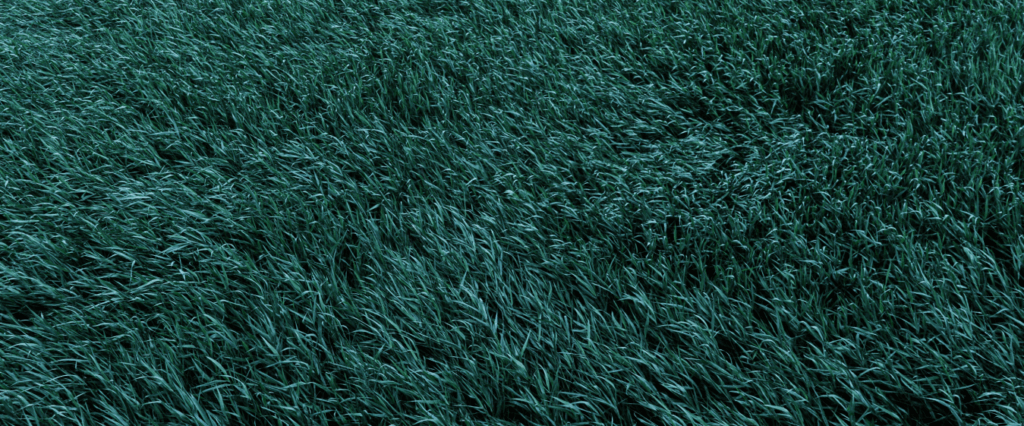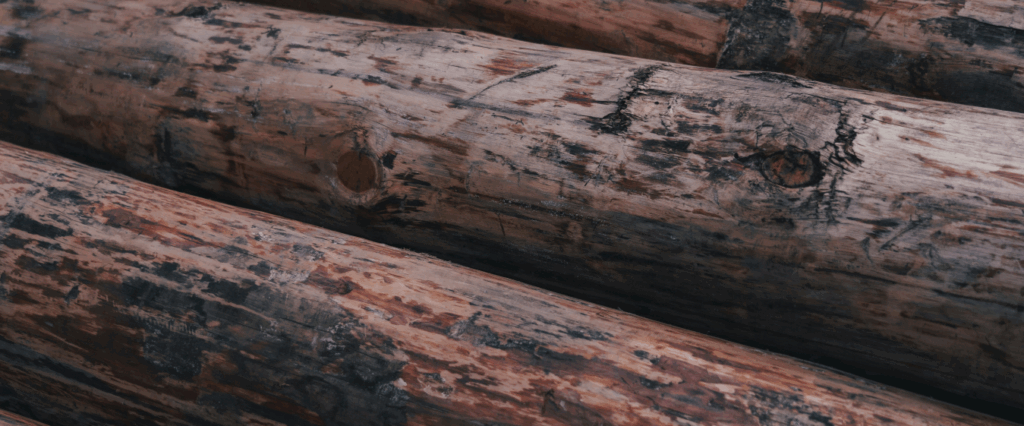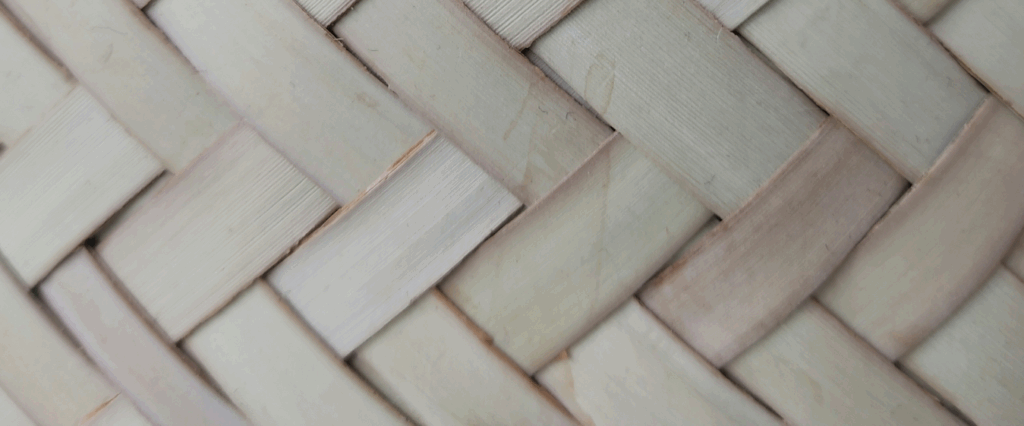Invented processes or designs can be a byproduct of doing business. With proper patents in place, inventions can become a valuable piece of a company’s investment portfolio. There are two categories a process or design must fall into to qualify as an invention. The process or design has to be both novel and nonobvious.
Prior art search is the name of the process generally used to determine the novelty and nonobvious nature of a given process or design to discover if it qualifies as an invention. If it does, savvy business owners can file patents on the invention and include those patents in their portfolio of business assets.
What is Included in a Prior Art Search?
Conducting a prior art search to determine if a design or process meets the definition of invention has multiple considerations. While it is possible to conduct a prior art search yourself, it might prove valuable to bring in experts to lay to rest any doubt about the novelty or nonobvious qualities of any potential invention.
Prior art searches uncover instances of already existing inventions. Evidence that may emerge can include patent applications, scientific theses, or other documentation of a given process or design. These documents help prove or disprove the novelty and nonobvious nature of the invention. In light of documents of this kind, the inventor can rework their process or design if they wish to pursue a patent application.
Prior To Invention
Conducting a prior art search during the process of invention, rather than at the end of it, can inform a design process. Understanding the state of the field in which the invention will be operating can also inform a design process.
After Invention
Some inventions might already be in your portfolio. A prior art search will help you determine if it is in fact an invention, so you can file patent applications to protect the invention and to leverage it for potential profitability.
For an invention to be patentable, it must be an idea or process. The idea or process must meet two criteria:
-
Novelty. The invention has to have at least one feature that is not repeated from any single prior art.
-
Nonobvious. To qualify as an invention, the process or design must not be immediately obvious to a person skilled in the field where the invention applies. To meet this criterion, the invention must be viewed in combination of multiple prior arts or a single prior art, and also common general industry knowledge. The invention must also have industry application. In most jurisdictions, patents are proscribed in certain areas–mathematical formula, scientific theory, new animal or plant varieties, etc.
Obtaining a patent is an investment. In the event that you’re sitting on a potentially valuable invention, it might be an expense worth paying. A thorough prior art search will help you make decisions about the value of the potential inventions in your patent portfolio.
How to Do a Prior Art Search
A prior art search is a necessary stage in the process to reduce the risk of rejection of a patent application.
While prior art searches used to include involved and lengthy searches through hard copy records at the United States Patent and Trademark Office, or USPTO, where patents and their accompanying documents are stored, that’s no longer the case. Now a prior art search generally involves searching through public sources where the details of existing processes and designs are stored.
Conducting a prior art search can be as straightforward as conducting searches through those publicly available sources for prior inventions with details and features shared by the given process or design.
Using the details of your process or design, it is also possible to conduct a Google patent search. Search engines like Google can help you see if there are any instances of prior art too similar to your proposed invention. As stated previously, an instance of prior art too similar to your process or design might create a basis for rejection of a patent application or eventual ineligibility for protection by patent.
While prior art searches can be done yourself, they can be time consuming, and it’s easy to miss important details if you aren’t sure how to search properly. Due to the amount of data involved in searching for and comparing process and design details, it can be valuable to work with experts who know what to look for and where to look. A process or design might turn out to be a valuable invention, and in turn a valuable asset in your patent portfolio. Savvy business owners arm themselves with the best tools to leverage potential assets in their portfolio. This is where intellectual property management experts are helpful. UnitedLex helps companies leverage their intellectual property to create new revenue streams and increase profitability.
Examples of Prior Art Searches
Some examples of prior art searches include:
-
A Google Scholar search for scholarly publications
-
Non-patent literature–articles, publications, or journals (printed or electronic)
-
Amazon or other commercial sites
-
The product pages of companies that might be innovating in the same space
Records of prior art and their examples appear in a variety of places and through various publishing organizations. This can be good news, because it means there is a lot of available information. So much information can also cause frustration, because it’s easy to miss essential information.
Types of Prior Art Searches
Prior art searches include a layer of complexity. You need to know what features of the process or design to cross-reference, for example, and you need to know where to conduct your search. Additionally, there are four types of prior art searches:
-
Novelty searches help inventors determine the novelty of their process or design. This type of search will often take place first, because it helps determine if a process or design is worth pursuing for patent application.
-
Validity searches take place after a patent has been issued. They are done to discover if there is prior art that the patent office may have overlooked, in case competitors wish to contest validity of granted patents.
-
Clearance searches help you determine if a process or design violates an existing patent or pending patent.
-
Landscape searches provide a holistic and high level appraisal of the overall market landscape creating context for the potential invention. This search includes recent trends in the proposed technological development, competitors, recent patent filing activities, and adjacent technologies.
Prior Art Search and Your Patent Portfolio
Conducting a prior art search is an essential part of strengthening your patent portfolio. Determining that all the inventions of your business meet the criteria of novelty and nonobvious nature is an important step in maintaining the strength of your patents.
UnitedLex helps develop and maintain a monetizable portfolio via whitespace studies and competitive benchmarking, handling 3rd party conflicts, conducting lapse analysis and performing due diligence for incoming portfolios for acquisition purposes. Contact UnitedLex for help with intellectual property management, patent monetization, and more. Book a meeting here.














